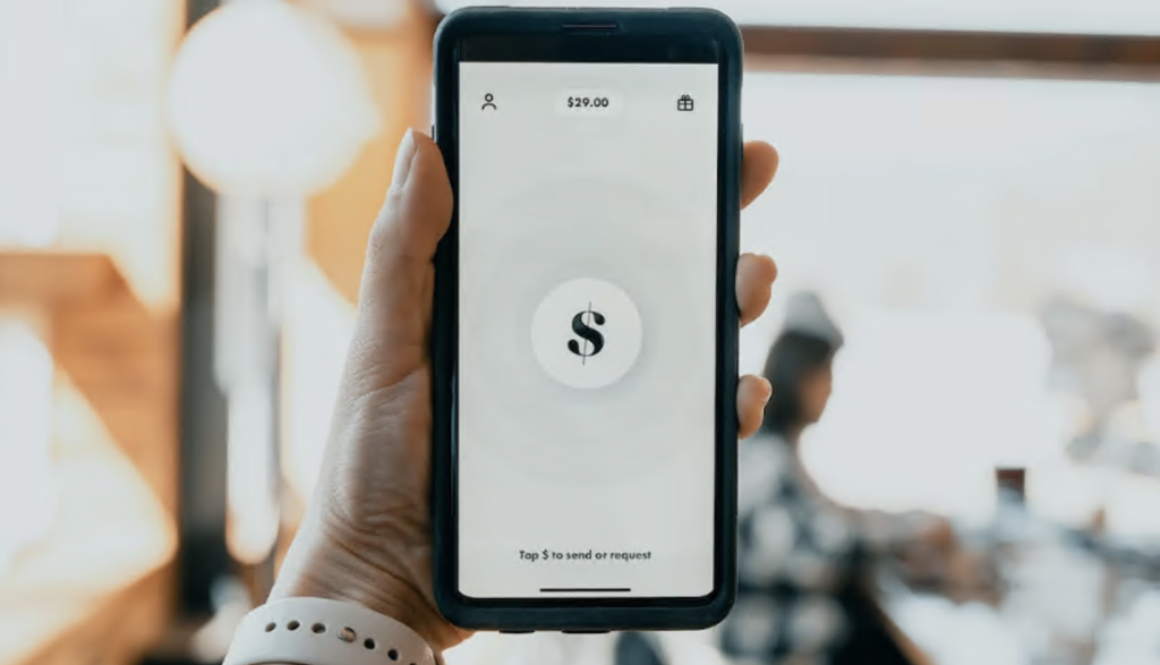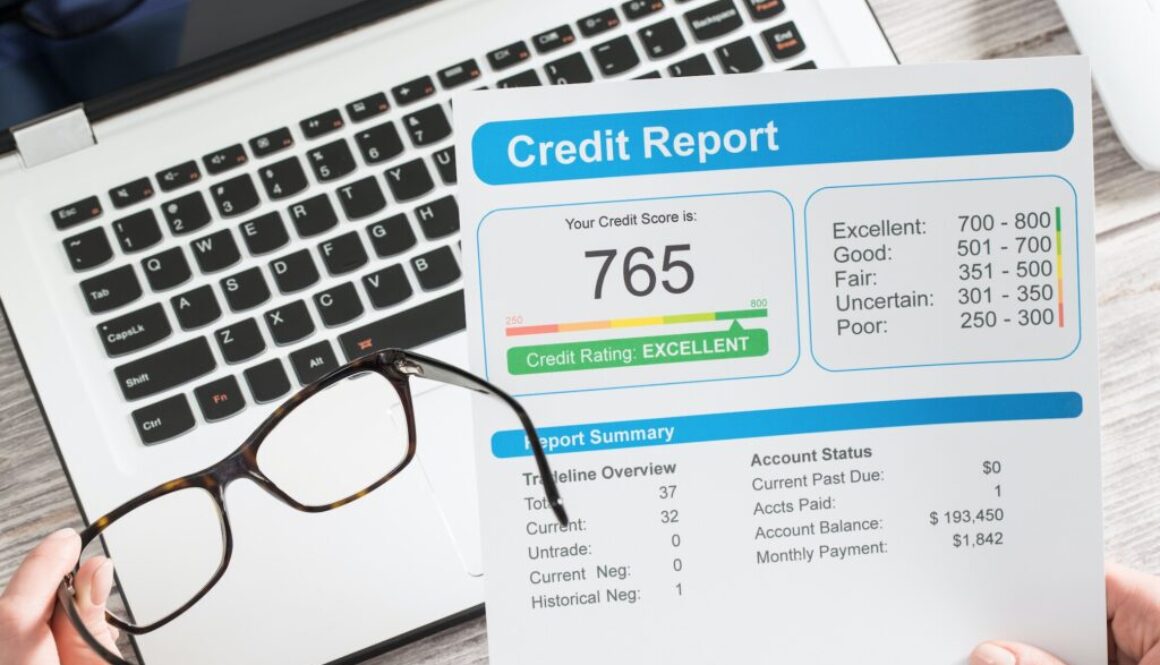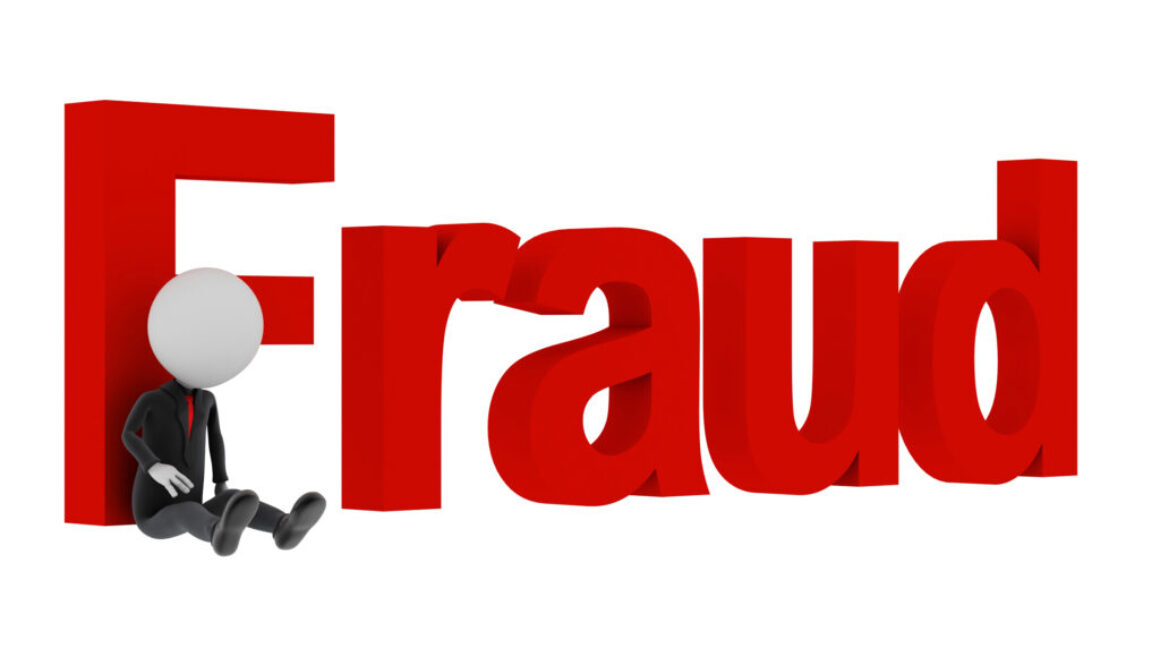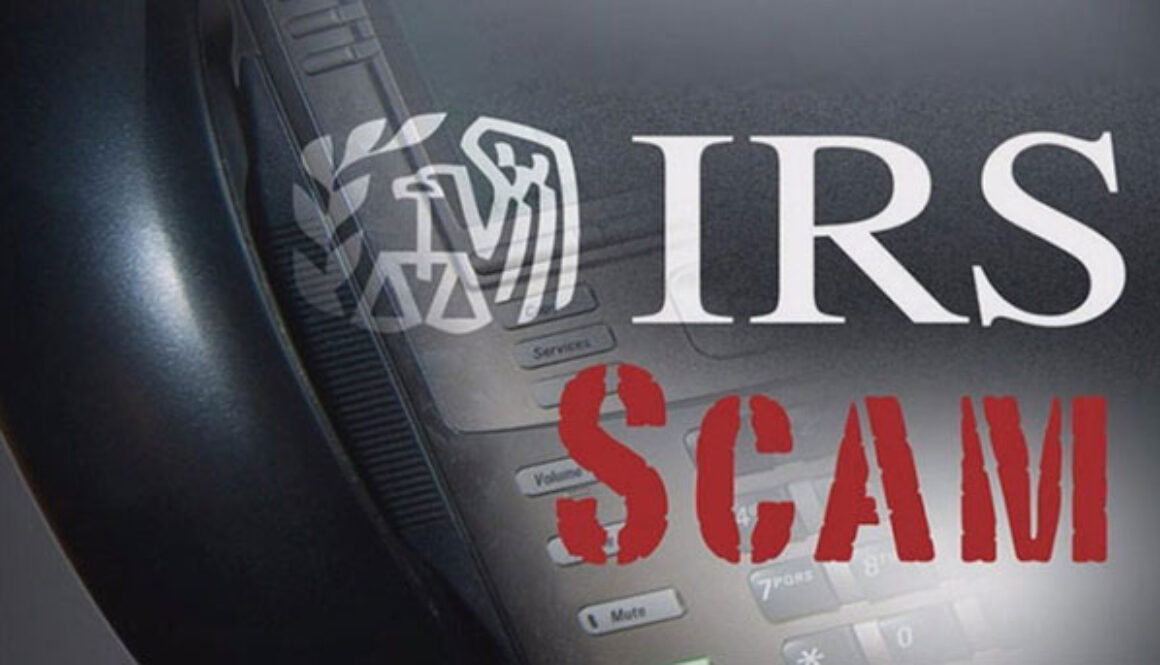How to manage digital money transfers safely
The ability to utilize electronic payment networks to send or accept cash is becoming more prevalent and easier than ever. However, so does the risk of fraud and scams because cybercriminals know that funds moved electronically are hard to trace and/or recover since there is not a physical check to represent the transaction.
When transferring money online it’s not always possible to know exactly who is on the receiving end of the funds which allows cybercriminals to defraud the payer through fraudulent or unauthorized transactions and data theft.
Recently there has been an increase in cybercriminals scamming people into online wire transfers and payments using the Zelle payment network by tricking users into sharing sensitive information.
Despite legitimate banks and online merchants facilitating Zelle (and other payment options) fraud can still occur as cybercriminals exploit opportunities in the transfer process. For example, Zelle only requires the email address or mobile phone number associated with a Zelle account in order to move funds. This convenience comes with increased risk as Zelle doesn’t have the same protections against fraudulent charges as credit cards or debit cards and the only way to cancel a Zelle payment is if the recipient hasn’t yet enrolled in Zelle. If the recipient is already a Zelle user, the payment cannot be canceled.
Suggested safeguards:
- Don’t disclose personal information without verifying the legitimacy of the source of the request. If needed, reach out to the company directly
- Don’t make your account access easy to guess or discern with limited knowledge of your personal information (ie: pet name, common phrases, etc.)
- Utilize 2-factor authentication for added protection
Never use Zelle when:
- Someone claims to be from a government agency
- You do not know the person making the request (ie: telemarketer)
- Someone claims your account is compromised
- Anyone asks you to send money to yourself
- A friend, relative or coworker has reached out online (without verifying via a phone call that they actually sent the request)






